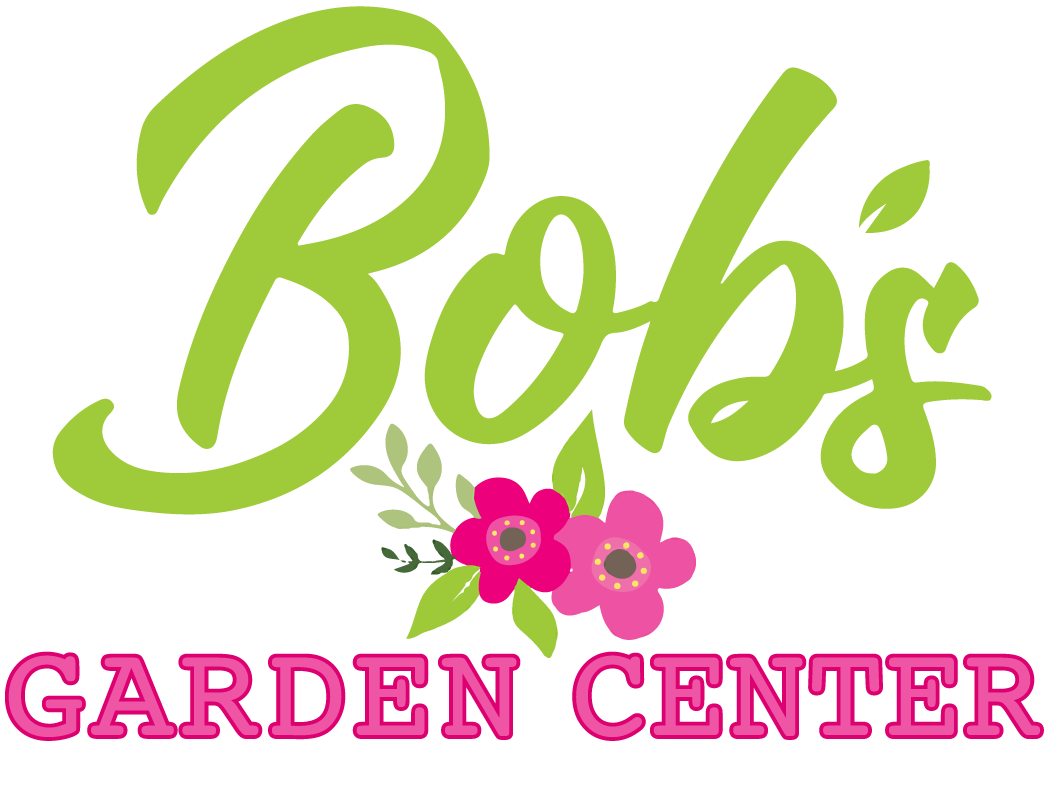As summer has come to an end, many gardeners assume it’s time to wrap up their growing season. However, with a little planning and the right tools, you can extend your garden’s productivity well into the cooler months. In Southern New Jersey, where temperatures remain moderate through early fall, there are plenty of opportunities to keep harvesting long after summer crops fade. At Bob’s Garden Center, we’re here to guide you through the process of maximizing your fall garden.
- Choose the Right Crops for Fall Planting
Not all plants thrive in cooler temperatures, but many cool-season crops actually prefer the crisp air and shorter days of fall. Here are a few vegetables and herbs to consider:
– Leafy greens: Lettuce, spinach, kale, and arugula are cool-weather champions that can tolerate light frost and continue growing through the fall.
– Root vegetables: Carrots, beets, and radishes are perfect for fall planting. They develop sweeter flavors when exposed to cooler temperatures.
– Broccoli and cauliflower: These brassicas thrive in the cooler days of autumn, producing bountiful heads well into the season.
– Herbs: Some herbs, like parsley, cilantro, and chives, flourish in fall. They can even survive mild winters with the right protection.
Bob’s Garden Center offers a wide selection of seeds and starter plants specifically for fall gardening, so be sure to pick up your supplies early.
- Use Season Extension Tools: Row Covers, Cold Frames, and Cloches
Season extension tools can help you protect your crops from early frost and extend the growing season by weeks or even months.
– Row covers: Lightweight row covers are ideal for protecting crops from frost while allowing light and water to penetrate. These covers help maintain warmer temperatures under the fabric, giving your plants a head start.
– Cold frames: A cold frame acts like a mini greenhouse, trapping heat and protecting plants from harsh winds. You can create your own using old windows or plexiglass, or find pre-made cold frames at Bob’s Garden Center.
– Cloches: Bell-shaped cloches are placed over individual plants to keep them warm. They’re especially useful for protecting tender seedlings during the first frosts of the season.
With these tools, you can keep your fall crops growing strong, even as the temperature dips.
- Maximize Sunlight and Microclimates
As the days get shorter, sunlight becomes a precious resource for your garden. Fall gardening success often depends on finding ways to maximize the light and warmth available to your plants.
– Location matters: Place your fall garden in the sunniest spot available. Areas with southern exposure will capture the most sunlight during the cooler months.
– Use reflective surfaces: Positioning white or light-colored objects, like walls or garden décor, near your plants can reflect sunlight and warmth back onto them.
– Create microclimates: Plant near heat-retaining structures like stone walls or fences to create warmer microclimates that can extend your growing season by a few crucial degrees.
- Mulch for Temperature Control
Mulch isn’t just for winter protection; it’s also a valuable tool in fall gardening. Applying a layer of organic mulch around your plants helps regulate soil temperature, keeping it warmer on chilly nights. It also retains moisture and prevents weeds from competing with your crops for nutrients.
– When to mulch: Once your seedlings are established, spread a 2-3 inch layer of mulch around your plants. Use materials like straw, shredded leaves, or wood chips, all of which you can find at Bob’s Garden Center.
- Plan for Successions and Staggered Planting
One of the best ways to extend your growing season is to practice succession planting. By staggering your planting dates, you can ensure a continuous harvest of fresh produce throughout the fall.
– Succession planting: Every few weeks, plant a new round of fast-growing crops like radishes, spinach, or lettuce. This way, as one crop is harvested, another is just coming into maturity.
– Consider interplanting: Plant fast-growing crops between slower-growing ones. For example, plant radishes between rows of broccoli. The radishes will mature and be harvested before the broccoli needs the space.
- Protect Your Plants from Frost
Frost is the biggest challenge to extending your growing season, but with the right preparation, you can keep your garden going even after the first frost hits.
– Frost blankets: Keep a supply of frost blankets or row covers on hand to throw over your plants when frosty nights are forecasted. These covers can provide a few extra degrees of protection, keeping your plants alive and growing.
– Harvest before a hard frost: While some vegetables can withstand light frost, a hard freeze can damage even the hardiest crops. Keep an eye on the weather and harvest tender crops before a hard frost hits.
Visit Bob’s Garden Center for Your Fall Garden Needs
At Bob’s Garden Center, we have everything you need to extend your growing season into the fall. From cool-weather seeds and starter plants to season extension tools like row covers and cold frames, we’ve got you covered. Stop by today, and let our knowledgeable staff help you plan the perfect fall garden.
By implementing these strategies, you can enjoy fresh, homegrown produce well into autumn, making the most of South Jersey’s extended growing season. Happy fall gardening!


